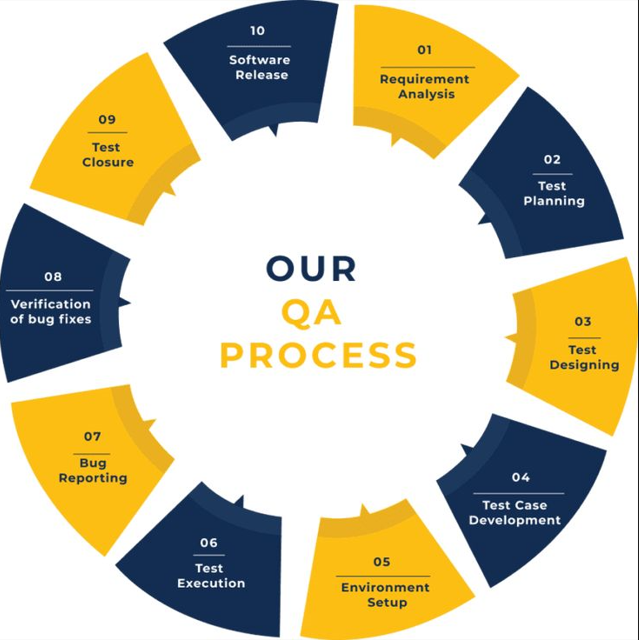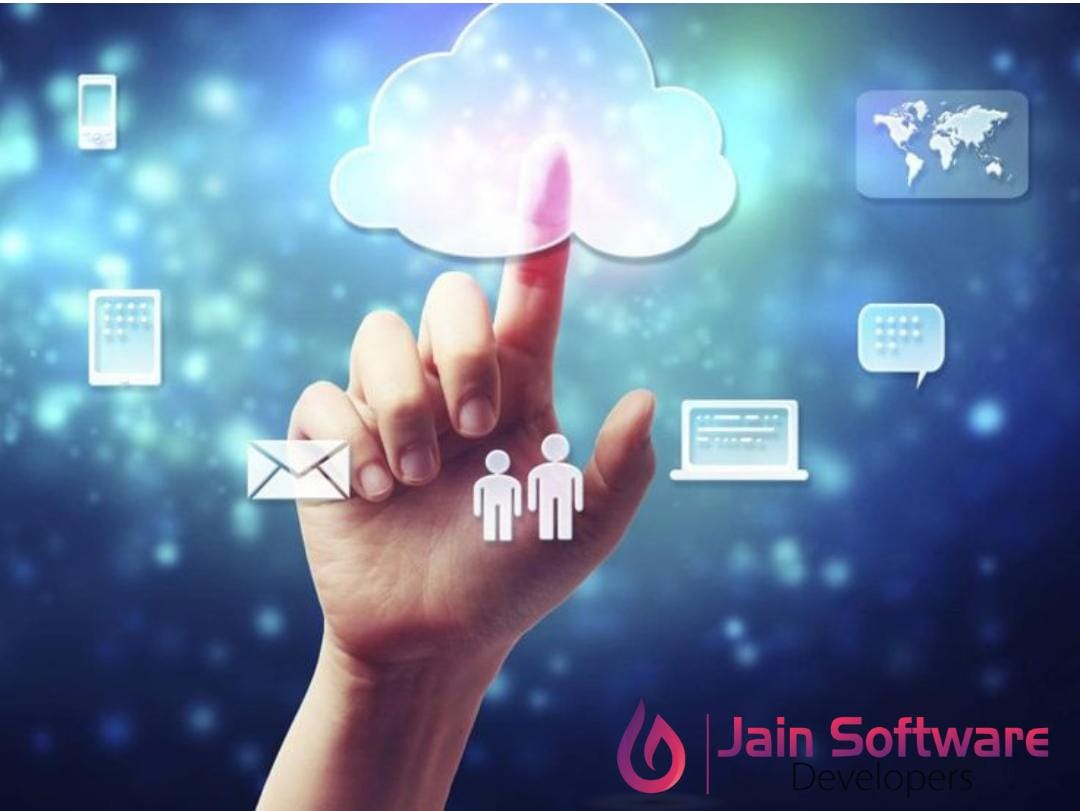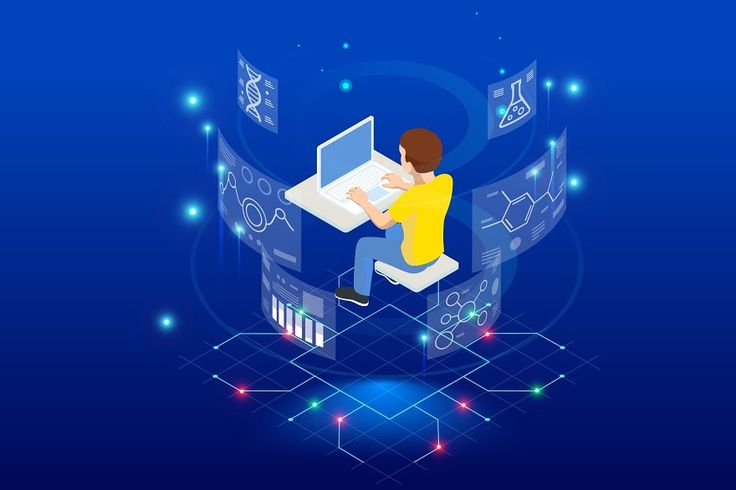Tips for Choosing the Right Software Development Partner in Raipur
In Official BlogIntroduction:
In today’s fast-changing technological environment, selecting the perfect software development partner plays a crucial role in determining whether your project will succeed or fail. The city of Raipur is growing rapidly in central India with an increase in technological innovations for which choosing a trustworthy development partner becomes most significant to businesses and organizations. This blog will discuss essential points to consider when selecting your software development partner in Raipur, ensuring that the journey from conceptualisation to implementation is collaborative and successful.
I. Define Your Project Requirements Clearly:
Understanding Your Needs:
In the search for a development partner, be certain of what you are looking to achieve. Describe what you perceive as the purpose, goals, and functions of your software. This transparency will not only allow you to communicate effectively with prospective partners but also facilitate their assessment in relation to your project goals.
Scalability and Future-Proofing:
Think about the scalability of your project and how it can be developed in the future. A competent software development partner will ensure that the solution developed for you complies with current set demands and is also adaptable to accommodate improvements as well as alterations in future.
II. Assess Technical Expertise and Skill Set:
Technology Stack:
Analyze the technical skills of potential partners based on their proficiency in specific programming languages, frameworks, and technologies. Verify that their technology stack meets the needs of your project, and ask about past experience on similar projects within your field.
Industry Experience:
Find a partner for development who has worked in your sector. A solution that not only meets but exceeds your needs is a valuable commodity, especially when you are familiar with the sector-specific challenges and requirements.
III. Check the Development Partner’s Portfolio:
Review Previous Projects:
Analyze the portfolio of development partner in order to receive information about their previous projects. Analyze how diverse and sophisticated their work is to see if they could have produced solutions comparable with the imagined project of yours. Case studies and client testimonials offer invaluable insights into their abilities.
Client References:
Ask for client references and contact the previous clients directly to get feedback about their experiences. This will allow you to have an insight into the partner’s communication style, dependability and customer loyalty.
IV. Evaluate Communication and Collaboration:
Communication Channels:
Communication is critical to the success of a project. Assess the communication pathways provided by the development partner. Updates, inclusive reporting mechanisms and good communication help create a healthy working environment.
Project Management Approach:
Ask the development partner about their project management methodologies. For software development projects Agile methodologies like Scrum or Kanban are used. A clearly structured project management process maintains the organization, responsiveness to change and milestones-oriented approach of development team.
V. Consider Data Security and Compliance:
Data Protection Measures:
If your project requires handling sensitive information, then addressing data security concerns should be among the primary priorities. Ask if the development partner has any data protection measures in place such as encryption, access controls and adherence to industry standards and regulations.
Legal Agreements:
Make sure that legal contracts like NDAs and SLA are well-defined. These contracts should define the roles, delivery terms and results of both parties for a successful partnership with transparency ensuring security.
VI. Assess Flexibility and Adaptability:
Adaptability to Change:
Adaptability to evolving demands is essential in the highly unstable sector of software engineering. Evaluate the partner’s adaptability and inclination to accommodate any modifications or enhancements in project scope as it progresses.
Response to Challenges:
Ask how the development partner would address challenges and unanticipated roadblocks. Their competence to troubleshoot issues and provide efficient solutions is a characteristic of their resilience in ensuring the project wins.
VII. Cost Considerations and Value for Investment:
Transparent Pricing Model:
Find a developer that has clear-cut pricing policies to suit your budget Firm pricing structures also ensure that the partnership is not ambiguous and has well-defined financial aspects.
Value for Investment:
Though cost is an important consideration, value for investment should take precedence. The balance between price and quality guaranteed by a development partner ensures that you get an answer to the budget issue, but also of value in the long term.
VIII. Cultural Alignment and Team Dynamics:
Cultural Fit:
Assess the cultural fit between your organization and its partner. One of the reasons for such cooperation is shared values, work ethics and communication styles. These factors promote a smooth collaboration process by allowing effective teamwork
Team Composition:
Ask about the structure of the team responsible for developing your project. Knowing the capabilities that individual team members offer guarantees you have trust in what professional person is gong to work with your solution.
IX. Plan for Long-Term Collaboration:
Scalability of Services:
Think about the prospects for collaboration in long run. By providing scalability in services that can grow along with your changing needs of maintenance, updates or functionalities extension a development partner may help you.
Continuous Improvement:
Search for a development partner with the culture of continuous improvement. A pledge to embrace evolving technologies and implement best practices helps ensure that your software solution remains fresh and relevant in the long term.
Conclusion:
In Raipur, pick the best software development business partner because this is a significant strategic decision that depends on several parameters. By creating a clear definition of project requirements, evaluating technical proficiency, reviewing portfolios and going through communication as well as collaboration skills assessment to consider factors such security data flexibility culture alike you’ll be able select the right one with confidence.
However, the optimal development partner is more than just a service provider; they act as an inseparable part of your team to achieve project success and lay grounds for sustainable growth With the right software development partner in Raipur, you can begin a remarkable journey of technological change and be sure that your project is with someone who knows exactly what to do.











